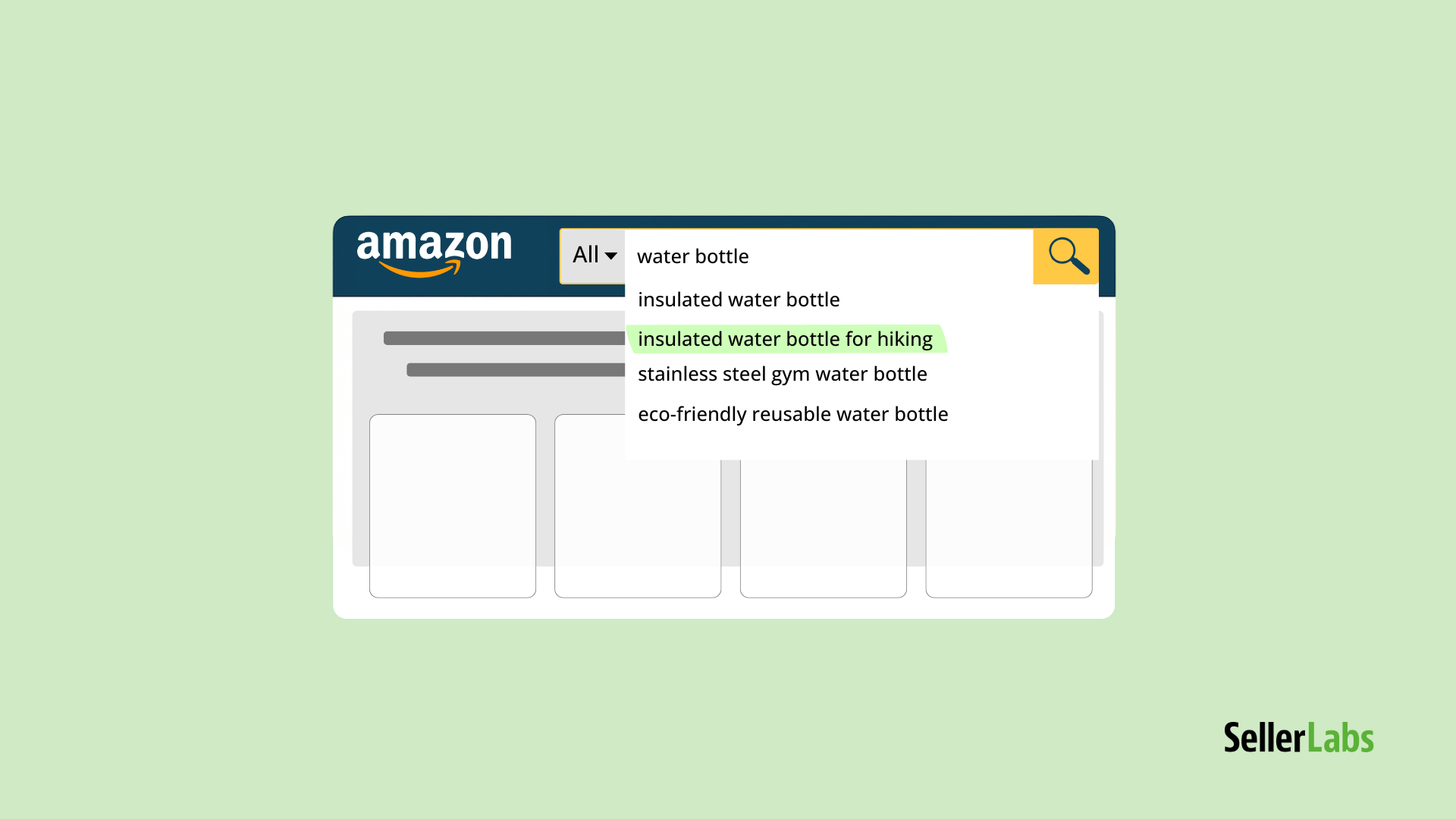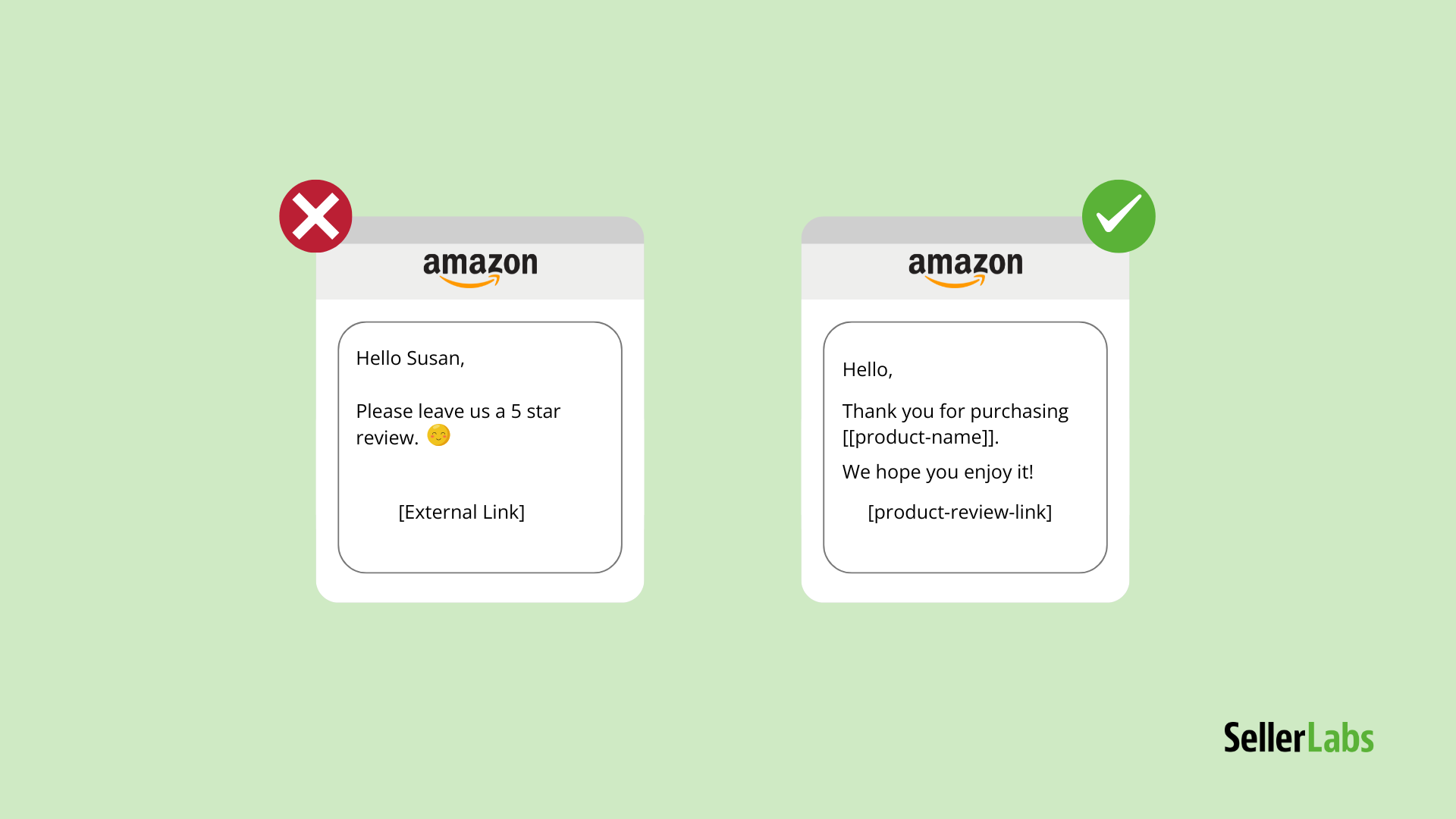Returns are every Amazon seller’s nightmare. In 2025, with stricter policies, rising return rates, and higher fees, sellers are watching profits evaporate. If you feel like you’re losing money on refunds and replacements, you’re not alone. But here’s the good news: there are concrete steps you can take to reduce returns, improve customer satisfaction, and protect your bottom line.
In this guide, we’ll break down why Amazon returns are rising, how they impact your business, and proven strategies to fix the problem.
Why Amazon Returns Are on the Rise in 2025
Several trends are driving return rates up:
- Customer expectations are higher than ever. Shoppers expect fast, flawless delivery, and even small disappointments can trigger a return.
- Amazon’s return window has expanded. Policies like the extended holiday return window and no-questions-asked refunds increase volume.
- More competitors = more risk. With more sellers offering similar products, customers are quicker to return and switch brands.
- FBA fees are rising. In 2025, Amazon’s return processing fees, restocking fees, and disposal fees have all increased.
The Hidden Costs of Returns
Returns don’t just hurt in obvious ways — they quietly bleed profits through:
- Return shipping costs
- Return processing and restocking fees
- Damaged or unsellable inventory
- Lost advertising spend (you paid for the click, but lost the sale)
- Negative reviews and reduced seller ratings
Without a clear returns strategy, these costs can destroy margins, especially for FBA sellers.
How to Reduce Amazon Returns in 2025
Here’s how top sellers are cutting their return rates:
1. Improve Product Listings
- Use accurate descriptions, high-quality photos, and videos to set clear expectations.
- Include size guides, fit charts, and FAQs to reduce confusion.
- Add A+ Content or Brand Story if you’re Brand Registered.
2. Focus on Product Quality
- Audit your returns to identify common issues (wrong color? defective parts? misleading sizing?).
- Work with suppliers to improve quality control.
- Test packaging to reduce damage during shipping.
3. Enhance Customer Communication
- Send post-purchase emails or messages to confirm order details.
- Offer setup guides, troubleshooting tips, or care instructions to prevent unnecessary returns.
- Use Buyer-Seller Messaging carefully to resolve issues before they escalate.
4. Use FBA and Restock Smarter
- Use the Seller Labs Restock app to monitor inventory levels and ensure timely replenishment so you avoid stockouts and stay competitive.
- Avoid overstocking low-rated items that are return magnets.
- Consider FBM or 3PL for fragile or oversized products.
5. Offer Hassle-Free (But Smart) Returns
- A hassle-free policy builds trust, but you can:
- Set clear eligibility rules (e.g., unused condition)
- Charge reasonable restocking fees for opened products
- Track serial numbers to prevent abuse
Bonus: Measure Your Return Rate
Don’t just guess — track your metrics:
- Return Rate by SKU
- Reason for Return
- Customer Feedback
Use this data to adjust listings, improve products, or update policies.
Final Takeaways
Amazon returns in 2025 are unavoidable — but they don’t have to crush your profits.
- Improve listings and product quality
- Communicate with customers
- Use smart inventory and fulfillment strategies
- Monitor return data and act on it
📢 Boost Your Amazon Success with Seller Labs!
See how Seller Labs tools make it easier.









